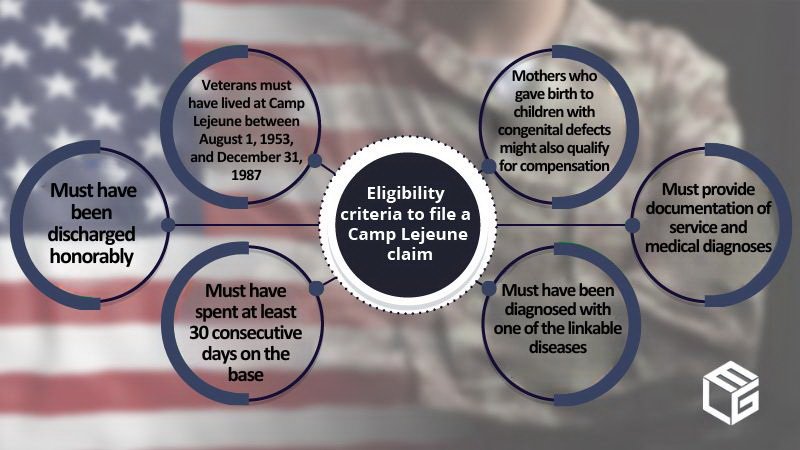Attention: We are no longer taking Camp Lejeune cases!
Benzene exposure, a major risk factor for non-Hodgkin's lymphoma in veterans
Non-Hodgkin's lymphoma is the most prevalent type of blood cancer, and the number of people who develop it has been increasing ever since the 1970s. 1 in 50 Americans will develop non-Hodgkin's lymphoma at some point during their lifetime. While the risk increases with age, it also occurs in children and young adults.
The majority of people with non-Hodgkin's lymphoma are 65 or older. Still, when toxic exposure is the cause, the disease can occur at a considerably younger age.
One of the most common risk factors for non-Hodgkin's lymphoma is exposure to certain toxic agents. Benzene, which was present in tremendous amounts at Camp Lejeune, is one of the chemicals responsible for the development of this cancer.
The researchers who led a study published in the Cancer Epidemiology, Biomarkers & Prevention identified 43 case-control studies of non-Hodgkin's lymphoma outcomes in workers with occupational exposure to benzene. Forty of these, or 93%, showed a significant elevation of non-Hodgkin's lymphoma risk, with 23 of 43 studies finding statistically significant associations between non-Hodgkin's lymphoma risk and benzene exposure. They also identified 26 studies of petroleum refinery workers reporting morbidity or mortality for lymphomas and all neoplasms and found that in 23, or 88%, the rate of lymphoma morbidity or mortality was higher than that for all cancers.
Multiple other reputable studies have also found a connection between exposure to benzene and the occurrence of lymphoma in mice. Furthermore, since benzene is similar to alkylating drugs and radiation in triggering leukemia, it is plausible that it might also cause lymphoma, as they do so by similar mechanisms. Some of benzene's potential mechanisms of triggering non-Hodgkin's lymphoma are:
- immunotoxicity
- chromosomal damage
- translocations
- deletions
Finally, the researchers found that diffuse large B-cell lymphoma, a very aggressive subtype of this cancer, was more likely to be caused by benzene exposure. A significantly increased risk of diffuse large B-cell lymphoma was observed for participants exposed to benzene at a medium-high probability level.

